
Subhead
Cheap Tricks and Tips
As for the rain barrel, ALWAYS cover the top so critters don't fall in and drown!!!!!
Heh - Because I have a small property and not so much sun, I decided to plant my tomato plants into 2 very large containers and then placed them onto a plant trolley / rolling plant stand. I put 2 tomato plants into each pot (1 Cherokee Heirloom and 1 Supersweet 100s) and placed them at the back of my driveway. I placed tomato cages into the pots and tied any hanging vines onto the tomato cage itself. I can just roll my plants around to get the sun or move to shade if sun gets too intense. I'm having a great tomato year here in NJ ! I just wish I had tried doing this years ago. Some of my friends will be following my lead next year ! Umm ... Jersey Tomatoes are soooooooooooo good !
A very good article and reminder to use what you have on hand to start seeds in. Out of boredom, since I can't shop at the garden center, I divided and transplanted many of my perennials early this spring. After reading this article I plan on starting different color Morning Glories in containers I have on hand...they will be filling my hanging baskets as I won't be able to buy annuals this year.
I would really be cautious about using wooden pallets in the garden unless you know for certain that they have not been chemically treated or have not had anything toxic spilled on them, or if you don't know what was shipped on them. Wood in pallets shipped internationally must be treated to prevent insects or plant diseases from hitching a ride.
I love this article. Especially about the sign holders. I recently started to actually get my leafy greens to grow where we live since the move a few years ago. I have to make hoop houses for them. Thank you.
Another great idea is mini green houses or what my group calls winter sowing. We use clear bottles 1 liter or more or clear gallon milk jugs to help seedlings start off. I love this process. Happy Gardening!

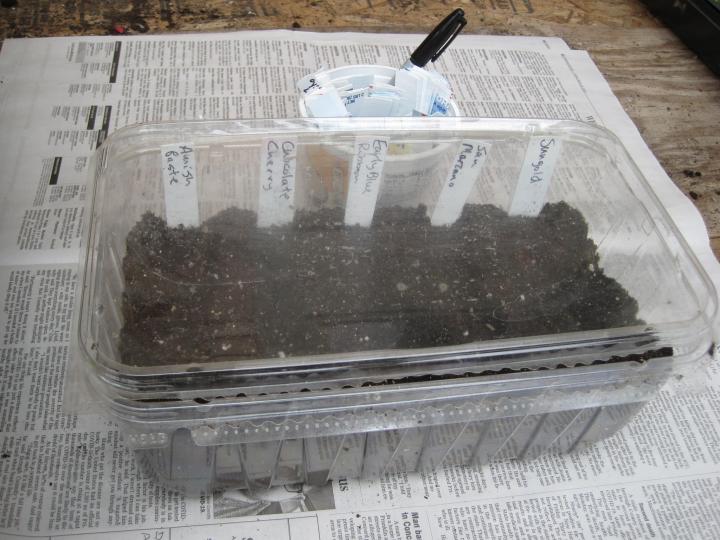


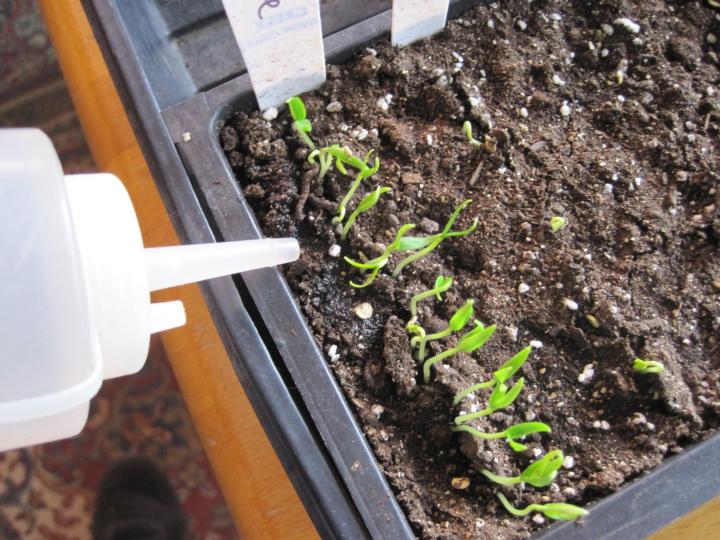
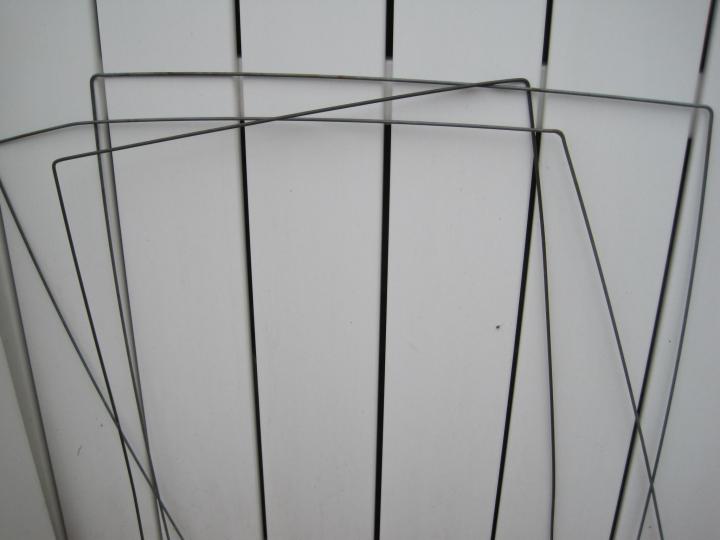
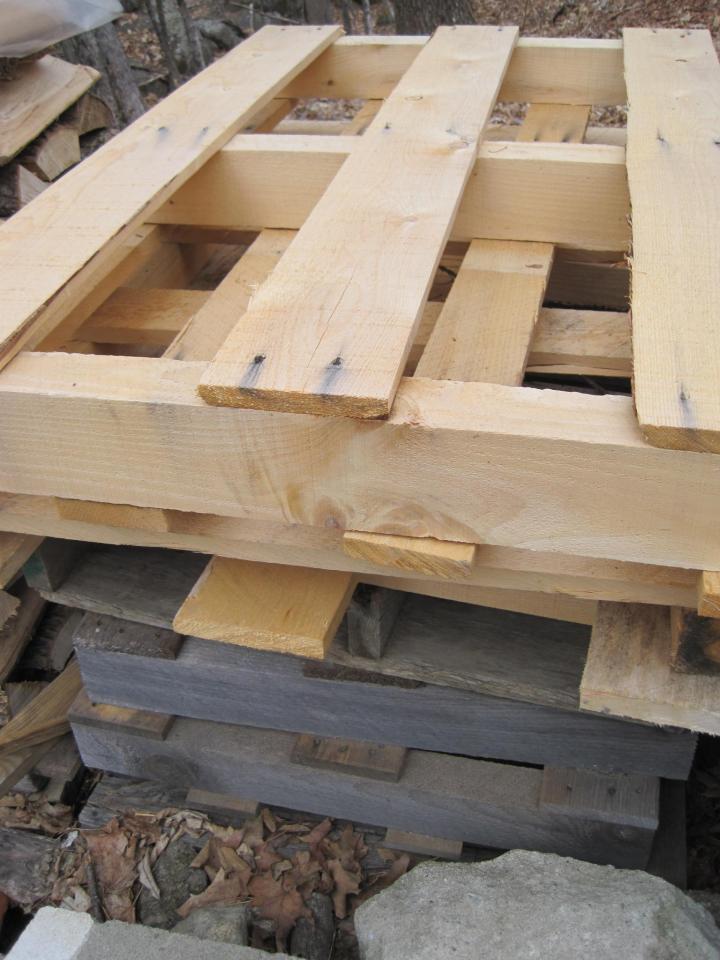
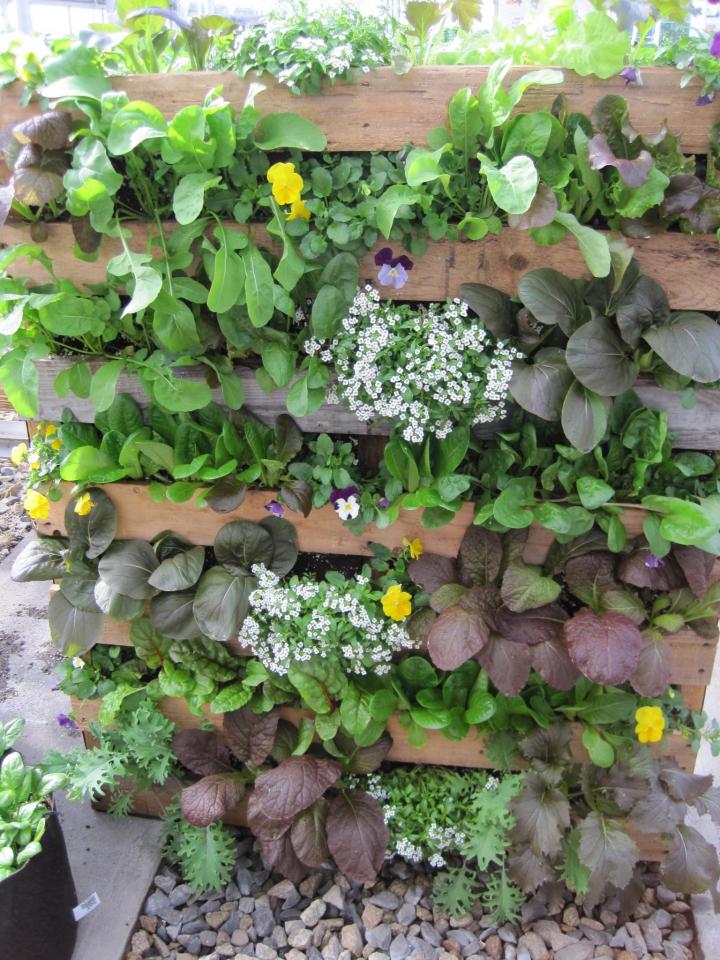 Once the plants take off, you can hardly see the pallet!
Once the plants take off, you can hardly see the pallet!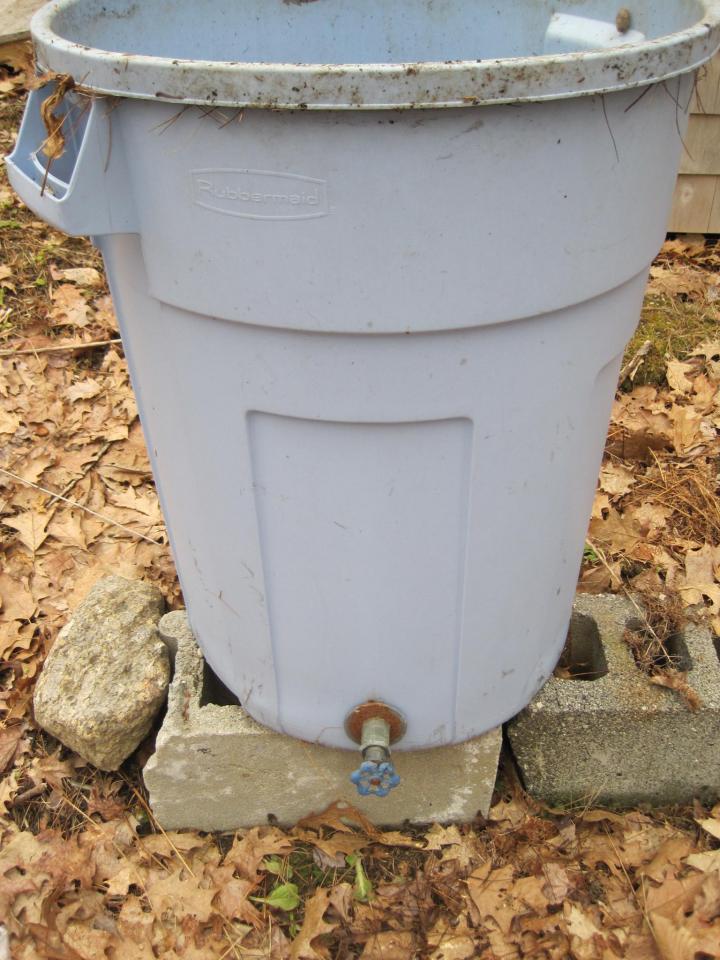
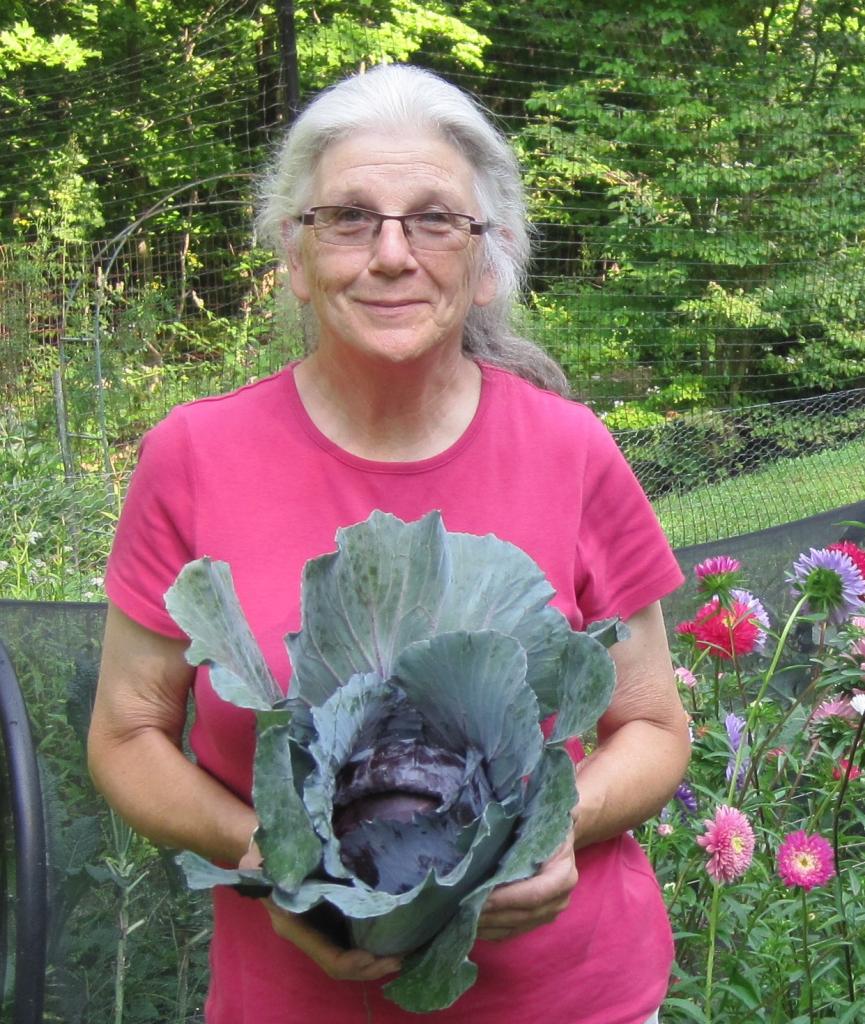







Comments